At its essence, gamification involves integrating elements typically found in games into settings that are not game-related, such as websites, online communities, learning management systems, or corporate intranets. This approach aims to boost participation and engagement among consumers, employees, and partners alike by inspiring collaboration and interaction.
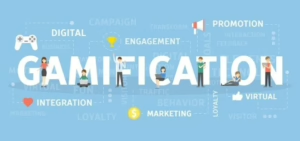
How does gamification function?
It operates by incorporating game mechanics and dynamics into online platforms that guide users with proactive instructions and feedback. This integration ultimately helps achieve various business objectives. A successful gamification experience resonates on an emotional level with participants while clearly highlighting the activities that can significantly contribute to shared goals. As employees or customers engage with a gamified program, they receive instant feedback on their performance along with recommendations for the next steps toward new achievements.
Now, let’s talk about game mechanics. These are the foundational rules and rewards embedded within a digital program. They may take the form of points, levels, missions, leaderboards, badges, or progress indicators. Game mechanics serve as the framework through which participants interact with a gamified experience while also receiving feedback on their accomplishments and guidance on subsequent actions.
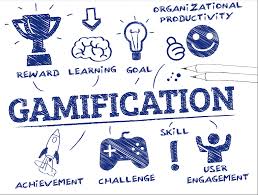
On the other hand, we have game dynamics. These encompass the emotions, behaviours, and desires associated with game mechanics that resonate deeply with individuals. For instance, competition can be fostered through leaderboards; teamwork can emerge from collaborative missions; community feelings can arise from seeing fellow participants in a news feed; collection drives interest when unique badges are earned; and surprises await those who unlock new challenges. Together with game mechanics, these dynamics help cultivate engagement and motivate users.
What is the business value of implementing gamification?
At its core lies the drive for engagement aimed at influencing business outcomes. When individuals actively participate in your gamification initiatives, they discover practical ways to interact with your brand—its products and services—ultimately enhancing their overall experience. The benefits of gamification extend beyond just participant engagement; it generates valuable data insights that can shape marketing strategies and optimise platform usage and performance metrics. Each interaction from either employees or customers sheds light on how they allocate their time and what activities capture their interest.
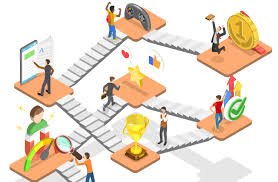
In terms of workplace application—what makes gamification valuable there?
It serves as a powerful strategy for motivating behaviour among individuals—including employees themselves—across diverse scenarios where motivation is crucial for pursuing specific actions or tasks. Within an organisational context, applying gamification can significantly elevate employee engagement levels, which directly impacts overall company performance. By clarifying goals through game mechanics that make expectations transparent and easily navigable for employees—they gain clarity on their progress while receiving prompt feedback regarding their achievements—and foster connections through both collaboration and friendly competition among colleagues.
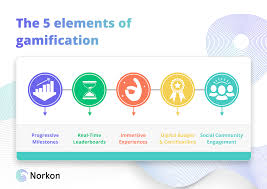
What advantages does gamification bring to the workplace?
When implemented thoughtfully, gamification can significantly enhance business outcomes in numerous ways. For instance, it can drive the adoption and utilisation of learning management systems, foster employee retention and performance, encourage knowledge sharing among staff to elevate service quality and enhance both the performance and satisfaction of call centre employees. Ultimately, incorporating gamification can serve as a powerful motivator for employees. Moreover, platforms like CastorDoc can unveil additional hidden benefits such as identifying effective incentives, uncovering employee preferences, clarifying workplace dynamics, and facilitating the transformation of your organisation into a more agile entity.
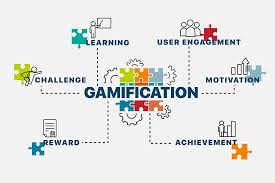
What do some effective gamification strategies look like?
One approach aimed at internal staff is to prioritise boosting engagement and retention. Gamification taps into fundamental intrinsic motivators shared by all individuals—such as autonomy, mastery, purpose, and social connection—creating a robust foundation for sustained employee engagement. A significant advantage of gamification is its ability to yield measurable outcomes; it provides valuable data and reporting that reveal what resonates with employees while highlighting areas for improvement.
What are some essential practices to ensure successful gamification? It’s important to recognise that effective gamification doesn’t occur overnight. Here are several best practices: First, assess how engaging your content is; take an honest appraisal of your materials and platforms to ensure they’re conducive to a gamified experience. Remember that while gamification can’t salvage a poor user experience, it excels at enhancing an already appealing one into something more interactive. Next, establish a timeline; recognise that this is a long-term commitment rather than something you can launch and forget about—it’s vital to create a timeline that allows users to build their experiences over time gradually.
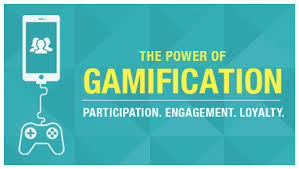
Additionally, consider your time-to-market strategy; approaching gamification should be deliberate rather than hurried. Determine how quickly you need your site or application to be gamified, along with the effort involved in achieving this goal. Finally, measuring results is crucial—clearly define your business objectives from the start so you can evaluate whether your efforts in gamification are yielding success or if adjustments are necessary moving forward.
What’s the connection between data and gamification?
At its core, effective gamification relies heavily on data. This allows companies to track how well their gamification strategies are performing among their workforce. Yet, it’s important to note that not every gamification solution is created equal. Numerous providers fall short in offering comprehensive features. Therefore, it’s essential to collaborate with a vendor who possesses both the knowledge and experience necessary for implementing workplace gamification successfully. Take CastorDoc, for instance—this cutting-edge platform excels at gathering pertinent data and transforming those insights into actionable strategies.

Maxthon’s Approach to Optimizing Gamification
1. Understanding User Motivation: Maxthon starts by analysing what drives its users. It identifies critical motivations, such as competition, achievement, or social interaction.

2. Incorporating Rewards Systems: The platform integrates various reward systems such as badges, points, and leaderboards. These elements encourage users to engage more frequently with the platform and compete with friends or other players.
3. Crafting Engaging Challenges: Maxthon designs tailored challenges that are both fun and rewarding. These challenges keep users invested in their activities while subtly guiding them toward desired behaviours within the platform.
4. Enhancing User Experience with Feedback: When users achieve milestones, immediate feedback is provided through visual cues and notifications. This positive reinforcement strengthens user engagement and satisfaction.
5. Utilizing A/B Testing for Optimization: Maxthon employs A/B testing to evaluate which gamification strategies resonate best with its audience. By analysing data from these tests, the platform can continually refine its approach.
6. Fostering Community Interaction: The incorporation of social features allows users to share achievements and compete against friends. This sense of community enhances user experience and encourages ongoing participation.
7. Regular Content Updates: Keeping the gamified elements fresh is crucial; therefore, Maxthon regularly updates content to sustain interest and maintain user motivation over time.
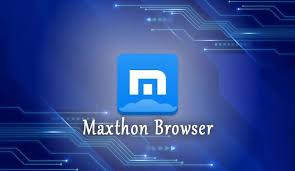
8. Personalization Features: Personalization options enable users to customise their experiences according to their preferences, making interactions more relevant and enjoyable.
9. Analytics for Continuous Improvement: Finally, Maxthon uses analytics tools to assess user interaction patterns continuously. This data guides future enhancements in their gamification strategy for increased effectiveness.
